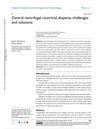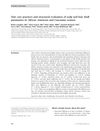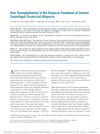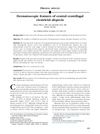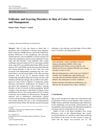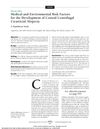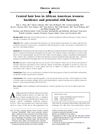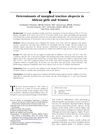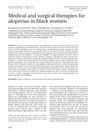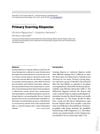Racial and Gender Influences on Skin Disease
January 2018
in “
Springer eBooks
”
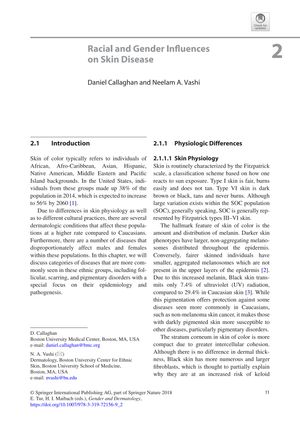
TLDR Different races and genders have unique skin and hair issues, requiring specialized care and more research for effective treatment.
The document from 2018 examines the impact of racial and gender differences on skin and hair conditions, noting that skin of color is expected to constitute 56% of the U.S. population by 2060. It explains that increased melanin in darker skin types offers UV protection but can lead to pigmentary disorders, and that Black skin's unique properties increase keloid risk. Hair physiology varies by race, with African descent individuals having drier hair, leading to conditions like Central Centrifugal Cicatricial Alopecia (CCCA) with a 5.6% incidence in one study, and Traction Alopecia (TA) with a 31.7% prevalence in South African women. Acne keloidalis nuchae (AKN) is a chronic folliculitis most common in Black males under 55, and treatment options include steroids, antibiotics, and surgery. Dissecting Cellulitis of the Scalp (DSC) is treated with steroids, antibiotics, isotretinoin, and TNF-α inhibitors, while Nevus of Ota and melasma, pigmentation disorders, are treated with laser therapy and other methods. The document underscores the need for more research and individualized care for optimal treatment outcomes in dermatologic conditions affecting people of color.

